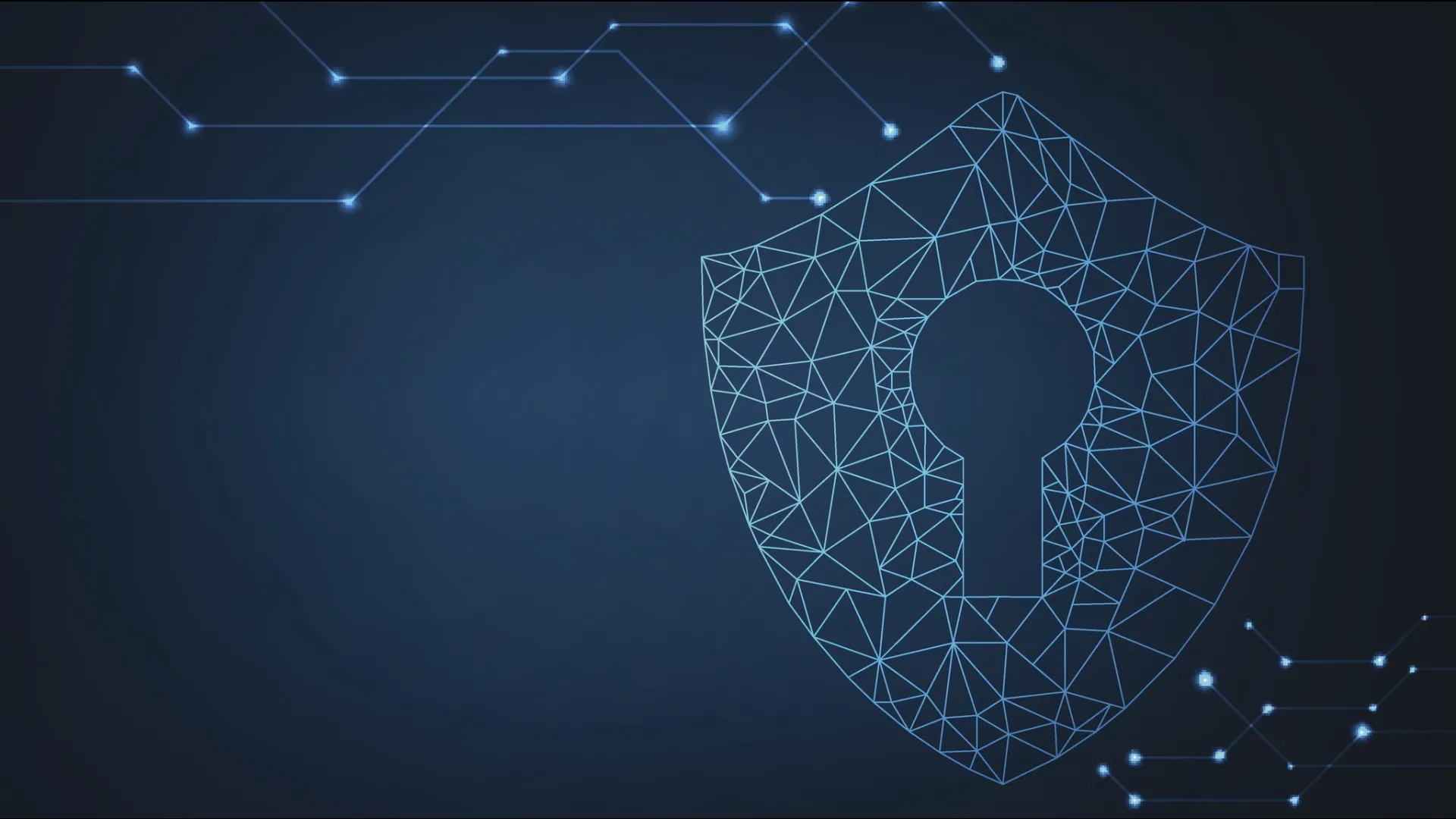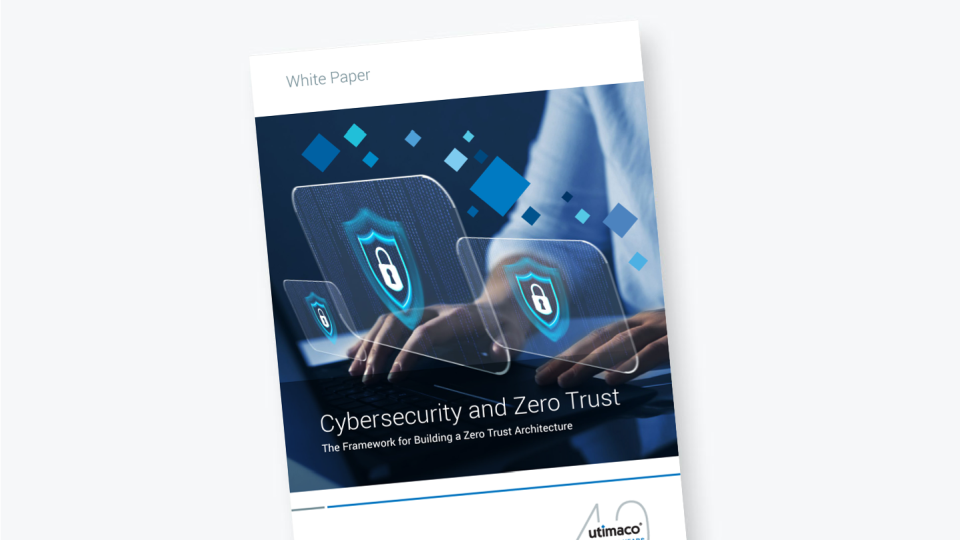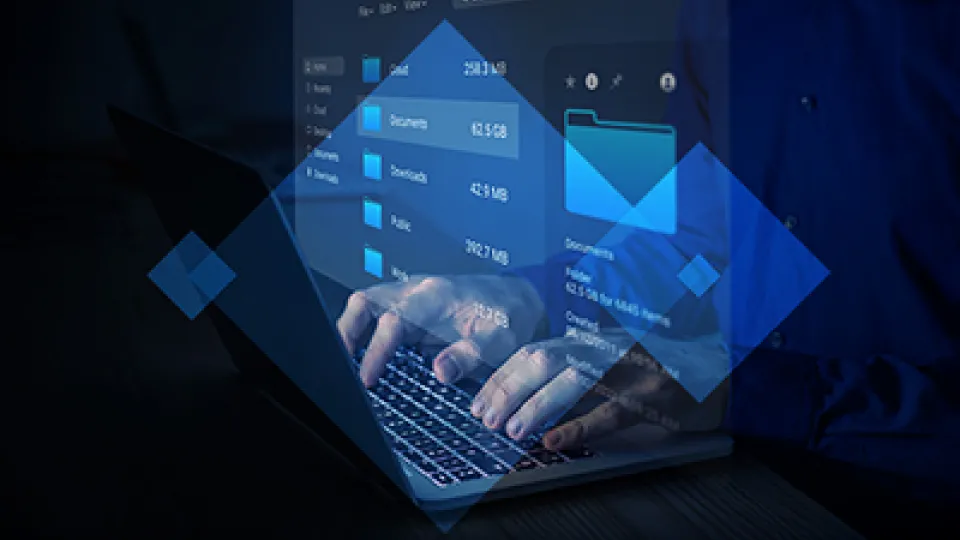Discover how to achieve zero trust with the right Identity Management and Data Encryption with the use of efficient and compliant Key Management.
What is Zero Trust?
Zero Trust assumes that all network traffic is untrusted and should be verified before access is granted. It involves verifying the identity of users and devices and enforcing least privilege access controls to reduce the attack surface and minimize the impact of successful attacks. Zero trust security aims to minimize trust in any part of the network and provide a high level of security to protect against threats such as cyberattacks, data breaches, and unauthorized access.
Encryption and identity management plays a crucial role in zero trust security as it helps to protect sensitive data and ensure that communications between parties are kept confidential. Encryption can be used at various stages of a zero trust security model, including:
Data encryption: Encrypting sensitive data such as passwords, financial information, and personal details can protect it from being intercepted and accessed by unauthorized parties.
Communications encryption: Encrypting communications between parties helps to prevent eavesdropping and tampering of data in transit.
Endpoint encryption: Encrypting data stored on endpoints such as laptops, smartphones, and servers protects it from being accessed if the device is lost or stolen.
In a zero trust model, encryption helps to ensure that even if an attacker gains access to a network or device, they will not be able to access or read the encrypted data. This helps to minimize the impact of successful attacks and reduce the risk of data breaches.
Why do organizations need zero trust security?
The core and fundamental aim of information security in an organization is the protection of its sensitive and confidential data. For this purpose, organizations have been using information and cybersecurity mechanisms for the last two decades.
The traditional models are based on “walled garden” or “perimeter security” approaches which protect data from the outside world with firewalls, for example. This approach means that access to the network entitles you to access the data. However, such a solution is not sufficient. There have been issues and reported incidents with this approach, and the arrival of the COVID-19 pandemic has further affected this strategy.
Information security researchers were able to develop a new framework due to the movement to cloud-based infrastructure, widespread SaaS-based applications, increased remote access, and adoption of “work at home” by Bring Your Own Device (BYOD). As a result, there is no longer a clearly defined network boundary to defend. When combined with increasingly sophisticated cyberattacks, it is now virtually impossible to protect the network, including the data with perimeter-based security.
Zero Trust architecture has proved to be the most correct and efficient solution. It assumes that resources and users can be anywhere and are able to access anything, making the whole network untrusted. Therefore, the Zero Trust Model protects data by authenticating and authorizing access to it and encryption of data both at rest and in transit.
Why is there a Need for Key Management in Zero Trust?
Zero Trust architecture focuses on identity management and data encryption mechanisms. All the technologies and protocols profoundly depend on cryptography which subsequently depends on cryptographic keys. Identity management and encryption require all entities such as nodes, users, applications, machines, and services to use or store cryptographic keys (private and public key pair) and digital certificates.
Cryptographic algorithms are public and their details are known to everyone. In the case of asymmetric cryptography, public keys are known to everyone, private keys must be kept secret. This means that your data is secure whilst your private key remains secure. When a cryptographic key is compromised, this exposes not only the user’s identity, but also the data encrypted with that key. For proper implementation of cryptography, keys must be cryptographically and properly managed over their lifecycle.
Key Management Life-cycle in Zero Trust
The key management lifecycle is referred to as the complete set of procedures for the generation, maintenance, protection, and control of the use of cryptographic keys. The typical phases of a key lifecycle are generation, storage, distribution, use, archival, backup, revocation, and destruction.
Since identity management and data encryption are vital for a zero-trust architecture, all entities such as nodes, users, applications, machines, and services have to use cryptographic keys. Zero trust architecture creates a huge challenge in terms of managing the large number of keys required by hundreds of different applications and thousands of users worldwide, both on-premises and in the cloud.
What are the Challenges of Zero Trust Key Management?
Organizations incorporate identity management, data encryption technologies, and solutions according to their technical requirements, use cases, and security threats. Technical solutions from various Original Equipment Manufacturers (OEMs) have their own design perspectives and approaches to key management.
Historically, these different technologies didn’t include a common standard for key management. Therefore, the proper implementation of Zero Trust in the key management domain faced several integration and scalability issues.
An Effective encryption key management strategy must involves the following:
- Generation: Encryption keys must be generated securely to ensure the confidentiality of encrypted data.
- Distribution: Encryption keys must be securely distributed to authorized users and devices.
- Storage: Encryption keys must be stored securely to prevent unauthorized access.
- Revocation: Encryption keys must be revoked when no longer needed or in the event of a security breach.
- Backup and recovery: Encryption keys must be backed up and recoverable in case of a disaster or loss.
Zero Trust with Enterprise Key Management
In zero trust, encryption key management helps to ensure that only authorized parties have access to encrypted data and that the encrypted data remains confidential even if an attacker gains access to the network or device. Effective encryption key management is crucial for maintaining the security of encrypted data and ensuring the effectiveness of a zero trust security model.
The only effective, efficient, and secure way to protect cryptographic keys life cycle and address the key management challenges in Zero Trust is through the use of an enterprise key management system that supports a standard key management protocol like OASIS KMIP, be compliant against the Federal processing standards like FIPS 140-3 and scales to an enterprise level. The key management system should also provide centralized management and control aligned with external standards, compliance, regulations, and corporate governance requirements.
Conclusion
Organizations that follow Zero Trust architecture implement encryption for the protection of their identities and corporate confidential assets and data, which is subsequently based on cryptographic keys. The compromise of a cryptographic key entirely exposes not only the identity but also the data encrypted with that key, hence extreme care is taken for the management of cryptographic keys throughout their lifecycle. The incorporation of an enterprise-level key manager will not only justify the critical security objectives but also improve the efficiency of cryptographic operations.
To protect your customers’ and employees' data, Utimaco offers the most interoperable and integrated Key Manager - ESKM. It can provide unified enterprise key management along with auditing controls with digitally signed logs and key lifecycle activities. It reduces audit costs and accelerates visibility. Utimaco’s Enterprise Secure Key Manager is the first ever industry-certified KMIP-compliant product offering with market-leading support for partner applications and pre-qualified solutions, integrating out-of-the-box with varied deployments, as well as custom integrations.








